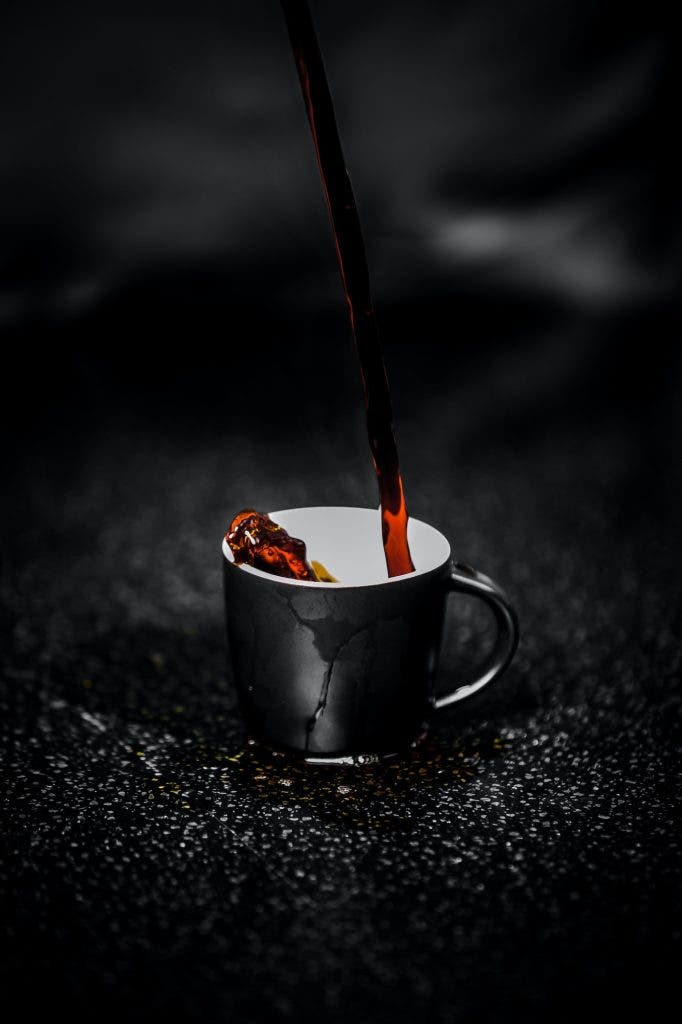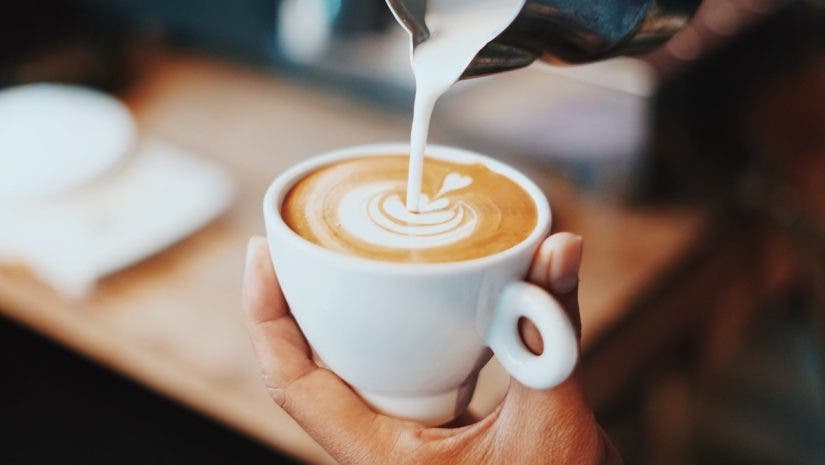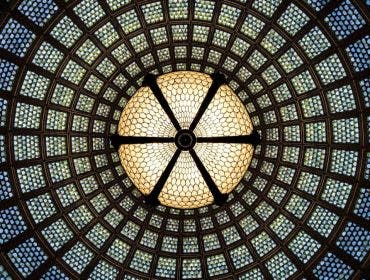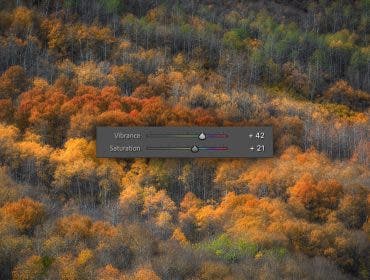Nestled neatly within the realm of food photography (or more specifically, drink photography), sits a niche aimed at capturing one of the world’s most consumed beverages. Second only to water, coffee makes the world go round for many. This richly textured and caffeinated drink also serves as a popular and photogenic subject. To ensure that your coffee photos look as good as (or better than) the coffee itself tastes, we’ve put together a brief list of helpful tips. Whether you use these coffee photography tips for your own blog or for professional work, you can expect your photos to inspire anyone who sees them to crave coffee soon after.
Let’s get started.
Best Gear for Coffee Photography
As is true with most genres of food or drink photography, you really don’t need much gear. Most of the time, natural light setups with a basic camera and lens combo (or even a smartphone) can get the job done. For a more comprehensive list of go-to gear for drink and food photography, be sure to check out this must-have food photography gear compilation on Adorama’s blog.
Coffee Photography Tips
- Shoot Close Up
- Scrim for Soft Light
- Find Unique Angles
- Use Clean or Relevant Backdrops
- Partner Up with Props
- Make a Splash
- Don’t Over Edit
Shoot Close Up

Capturing photos of coffee affords a great opportunity to shoot close up, especially to showcase the artful details of a finely crafted latte. The trick lies in not getting too close. You’ll want to use manual focus to manage the exact focal point and keep a wide enough depth of field so as not to blur the coffee into oblivion. Remember, depth of field depends on a number of factors, including the aperture setting and the distances between the lens and the subject as well as the subject and the background.
Scrim for Soft Light

We really can’t discuss any photography subject without addressing the lighting. It’s a key element, and how you light your shot can make a world of difference. The same holds true for coffee photography. More often than not, natural lighting with a soft, bright and airy look will yield fantastic results. The only real tip for capturing this style involves using a scrim of some sort to soften the light. Some go-to scrim options include a 5-in-1 reflector (which include a scrim “mode”) or a napkin (seriously). The scrim size needed will depend on how wide the scene is that you’re capturing. Regardless, using some form of diffusion can go a long way toward making your shot look better.

The other important lighting aspect to consider deals with light direction, especially for dramatically lit images (but also for soft-lit photos). One common approach for lighting food and drink images involves backlighting the scene. Doing so usually adds instant depth and dimension to the photo. Please note, backlighting doesn’t mean the subject, in this case, a cup of coffee, needs to be lit from directly behind. Instead, you can backlight your coffee photography by placing the light source slightly behind and to the side of the subject. Play with various angles between the light source and your subject to find the best look for your images.
It’s worth noting that either natural light or flash can be used to capture both natural and dramatically lit images. You’ll only need to introduce flash when the available light doesn’t cut it. We talk more about using flash for food photos in this article on dessert photography.
Find Unique Angles

While it’s tempting to take a seat and capture pictures of coffee from the same angle we often see it, it’s worth exploring other angles. Popular angles used for coffee photography include top-down shots (which work well with flat-lay photos) and close-ups from slightly above the beverage.
If you find yourself wondering which angles you might use to take more interesting coffee pictures, consider the compositional elements you use for other genres. These include using leading lines, foreground elements (for depth), patterns, color themes, and other useful compositional tools. Incorporating these elements into your coffee photography will help your shots stand out and make them more visually appealing.
Use Clean or Relevant Backdrops

Backdrops play a more significant role than many people realize when it comes to photographing food and drinks. The better we do at using relevant backdrops, the less people notice them. When capturing images to highlight the food or drinks as the main subject, that is a good thing. In this instance, we want people to focus on the coffee and not get distracted by the coffee’s surroundings. This doesn’t mean we need to shoot over plain white backdrops. Instead, we want to use backdrops that make sense when used to highlight our subject.
For coffee photography, the best backdrops will include a simple table setting or realistic surfaces that you can find in products like V-Flat World’s Duo Boards. Look for options like clean marble surfaces (often found in kitchen counters), concrete textures, or wooden panels to create an attractive backdrop for your coffee photos.
Partner Up with Props

In addition to the actual cup of coffee, you’ll want to consider other props to use in your coffee photography. Some basics include a cup, a plate, napkins, and perhaps a spoon or stir stick. Beyond that, you might consider using ingredients like coffee beans, or supplements like milk, sugar, and so on. Other items such as tools and devices used to make the coffee also work well and help tell more of a story. You can find more ideas for fun props and backdrops to use in this article on essential tips to improve your food photography.
Make a Splash

One quick way to make any image more dynamic is to add action through motion. We can do this a number of ways when photographing drinks. In order to make a splash, we can drop ice (or any non-destructive object) into our cup of Joe. Another bit of action we can capture that also makes a splash involves pouring more liquid into our beverage. For coffee, this can be more coffee, milk, or creamer. Just know that the bigger the splash you make, the more paper towels you’ll need to clean up the aftermath. Be sure to check out this article on how to take water splash photos for more ideas on how to use action to spruce up your coffee photography.
Don’t Over Edit
You’d think this goes without saying, but over-editing images happens in all genres, all too often. Don’t make this mistake when editing your coffee photos. Besides making any necessary adjustments to dial in your typical style for edited images, pay attention to these two areas: sharpening and white balance. First, sharpening your image to reveal more detail in the coffee and any props used in the photos is a good call. That said, don’t over-sharpen the image into some sort of HDR nightmare. Keep it natural, or at least close to it. Also, on that note, try to keep the white balance as true to reality as possible, unless the goal involves creating artsy, colorful imagery.
Coffee Photography Tips – Conclusion
I hope you found these coffee photography tips, ideas, and examples helpful. Using the techniques above with a splash of creative inspiration, your coffee photography game is about to go pro.
**Featured image by David Bares






